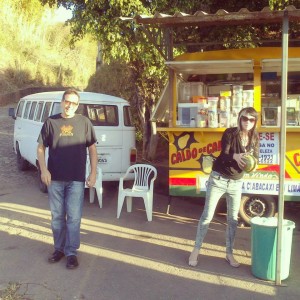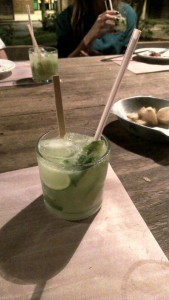The first E-cigarette Summit US was held in Washington DC on the 8th May 2017. The one-day event brought together researchers, medical professionals and members of industry from all over the US as well as many from the UK (where the organisers have held E-cigarette Summits successfully for the past four years). A review of the safety of e-cigarettes was followed by a review of the regulations that have been proposed in the US. Throughout the day, comparisons were made between the UK and US, particularly in the approaches taken to health messages and regulation of e-cigarettes. In Professor Kenneth Warner’s opening address, he suggested that there are two types of researcher in the field of e-cigarette research: sceptics, who are focussed on potential harm and protecting children regardless of the potential harm reduction for adult smokers, and enthusiasts, who are focussed on potential benefits to public health due to smoking cessation which could outweigh the potential risk to children. By this definition, the majority of researchers who presented evidence appeared to be enthusiasts.
Here are some highlights from the summit:
Evidence Updates
The majority of presentations suggested that previous research has overestimated the health risks of e-cigarettes by using inappropriate methods such as testing the toxicants produced from vaping using temperatures which are not used by vapers. Recently, Dr Konstantinos Farsalinos and his team have attempted to replicate such findings with maximum temperatures used by vapers and are yet to find evidence that supports the previous findings.
Dual use was also a common theme in the presentations; dual use is the use of e-cigarettes alongside smoking (or other tobacco product use depending on the definition used). However, as Dr Andrea Villanti pointed out, context is key when researching dual use; two people defined as dual users may be extremely different. For example, one dual user may smoke one cigarette a week and vape daily and another may vape once a week and smoke 20 cigarettes a day. With this in mind, Dr Robin Mermelstein’s research focussed on dual users and found that common reasons for using e-cigarettes were using e-cigarettes as a substitute for cigarettes, to cut down their cigarette consumption, to curb their cravings in places they were not allowed to smoke and because they were trying to quit smoking.
Public health
Professor Linda Bauld provided evidence that public health messages can impact the effectiveness of e-cigarettes as a smoking cessation tool. In the UK, there is generally a positive stance taken towards the use of e-cigarettes for smoking cessation among the public health community, however this stance has not been adopted in the US. It was suggested numerous times that consensus among the public health community could help smokers to quit and could help the medical community to provide accurate advice.
Regulations
New regulations for e-cigarettes are being proposed for the US in the Cole-Bishop proposal. Under these regulations, the e-cigarette market would essentially be frozen, preventing improvements to devices in safety and efficacy according to Deborah Arnott. However, Matthew Myers would disagree and sees flexibility in the FDA regulations which he believes are absolutely necessary.
Overall, the summit was extremely informative and highlighted the need to clearly communicate the findings of well-designed research to the public in order to maximise the potential for reducing smoking rates with use of e-cigarettes.




